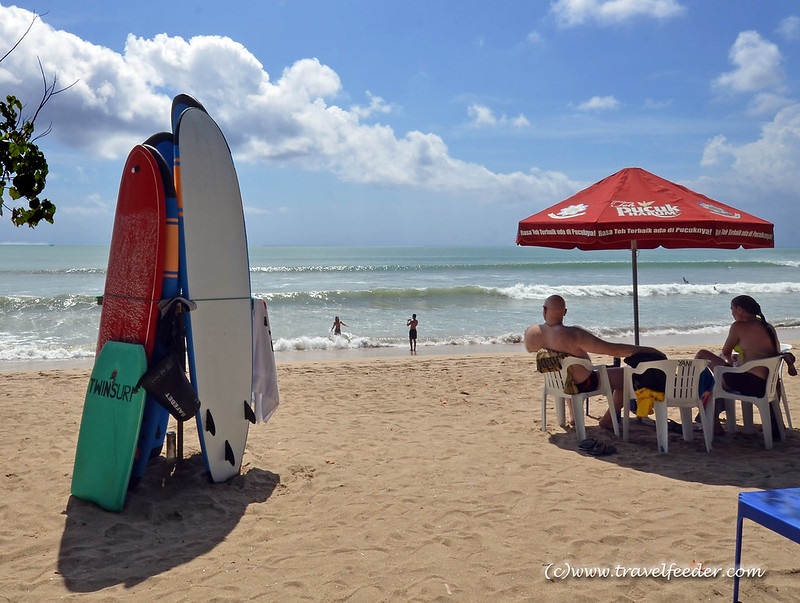Surf’s Up and Safety’s In: 3 Great Surfboards That Offer You a Little More Safety Out On the Water
No one said it had to be safe to be fun. But naturally, you can enjoy more time out on the water if you take precautions to avoid injury. You may think that the biggest hassle at the beach is avoiding crowds of swimmers; however, the biggest risk is your surfboards. More than half of all surfing injuries are caused by the rider colliding with their board somehow. Here are some equipment recommendations that can help you stay a bit safer on the waves.
Soft Top Boards
If you’re looking into buying your first board, there’s little question that it should be a soft top. Alternatively known as a “foamie”, these boards don’t have that hard outer layer and won’t do the damage a regular board would when you inevitably get smacked with it.
In addition to greater safety, soft tops tend to be lower in price, and are easier to travel with. They aren’t as susceptible to scratches and dings as regular hard boards are, which can improve your chances of reselling it when it’s time to upgrade.
Finally, while they may be heavier, they’re less likely to damage another board if you collide with someone else in the water.
Surfboards with Flexible Fins
The fact that more than half of all injuries involve you hitting your surfboard doesn’t exactly tell the whole story. A great number of these injuries are actually caused by fins, which can cause cuts and lacerations. It’s best to have a removable fin, as the glassed-in variety can’t often be modified and is frequently stiffer.
If you go with a soft top, it may come with a flexible fin, or the option to add one. As it pertains to functionality, flexible fins may not sound ideal for fast and hollow waves, but it may be easier to take sharp turns.
In the end, it’s best to go with that flexible fin, as the finer points are primarily relevant to pros and advanced riders. Choose a brand that has designed the edges with potential lacerations in mind.
Surfboards with a Tourniquet Leash
Going without a leash can be a pain. Without it, each time you get thrown, you have to swim back to your board. As you can imagine, rogue boards that get away from their owners have caused an injury or two in their time.
The length of your leash will depend on your experience level; if you’re a beginner, it should be a foot longer than your board, while more experienced riders can go several inches shorter. The safety quotient of a leash can be further increased when you buy a tourniquet surfboard leash that can double as a way to prevent blood loss.
Don’t try to figure it out on the fly. Before you catch your next wave, consider the various ways you can make your next session safer. Choose a board that’s appropriate for your skill level, a removable fin that has a lower likelihood of deep cuts, and a leash that can stand in as a tourniquet if a cut should occur. – Travel Feeder





